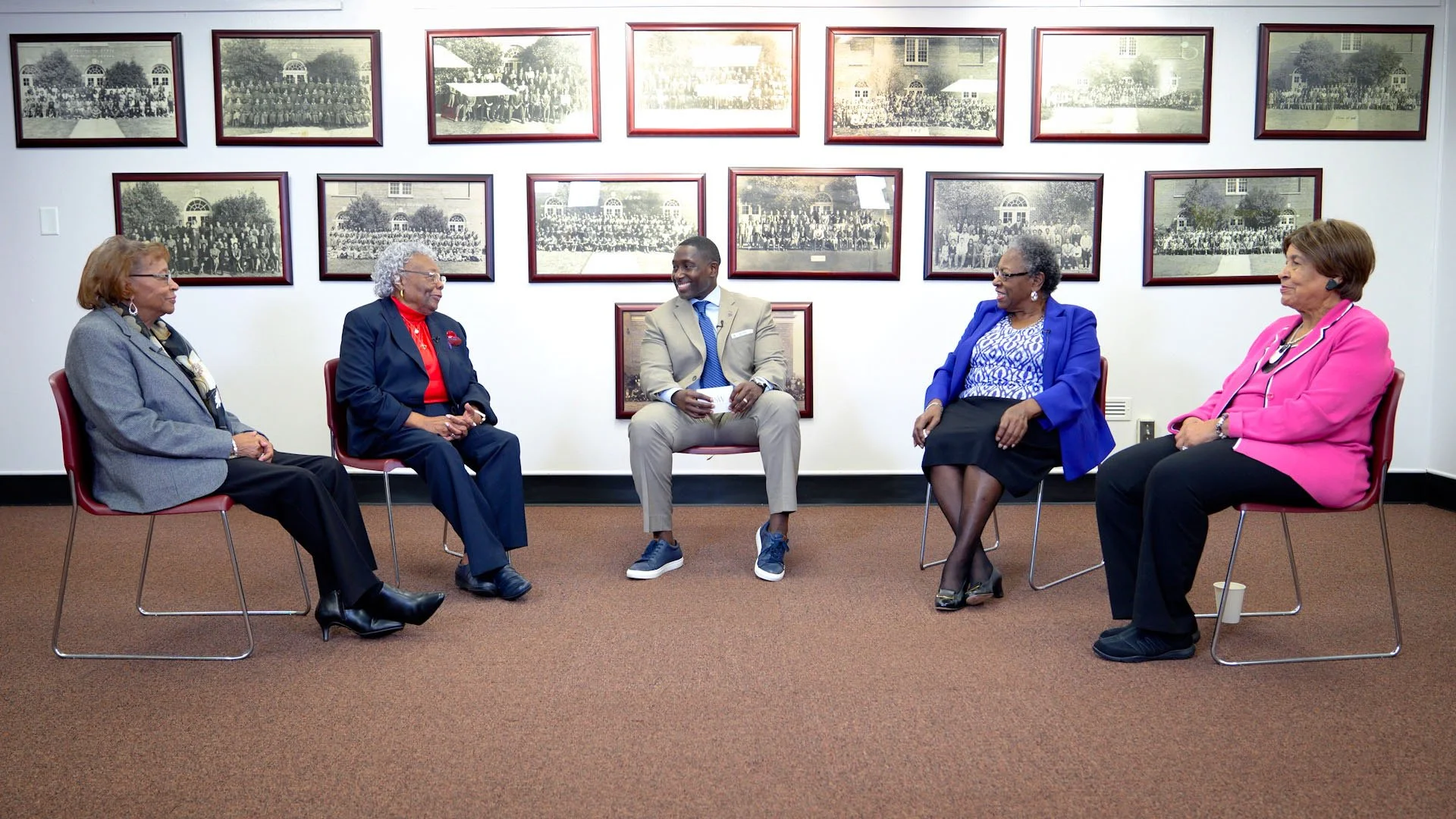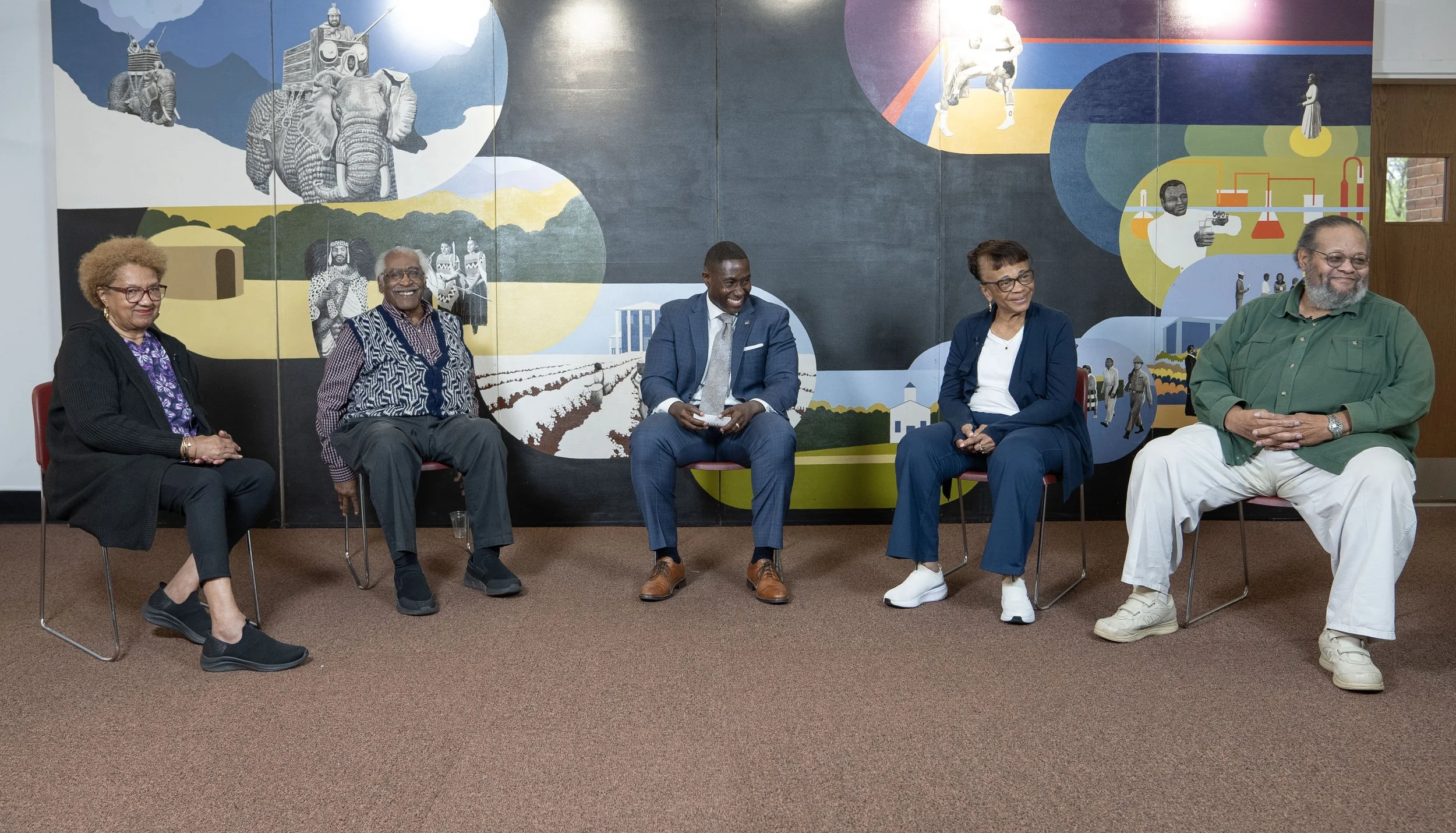Alumni discuss the value of their Black institutions
By 1900 Winston's population swelled to more than 10,000 with more than half made up of Black residents. Several of those residents worked in one of the many tobacco factories — there were 35 in 1890 — mainly for R.J. Reynolds Tobacco Company. RJR would become the "most powerful economic engine in the town," writes Wanda A. Hendricks in The Life of Madie Hall Xuma. But those workers weren't the only Black residents assisting Winston in its ascent to the forefront of North Carolina's economy. Hendricks also writes about the influx of a Black professional class that emerged as educators and medical professionals trained at Black institutions like Saint Augustine's Normal Collegiate Institute and Leonard Medical School at Shaw University.
These and other Black institutions trained Black institution-builders who then built Black institutions like Slater Industrial Academy and independent medical practices. Many laid the groundwork for and inspired institutions like Kate Bitting Reynolds Memorial Hospital School of Nursing and the "Big Four," a reference to the Black high schools that operated during the 1960s. What distinguished them in service to their community and beyond?
We interviewed dozens of alumni to discuss.
Some of the "Katie B." alumni interviewed for Undying Yearning. Photo by Julia Wall.
Some of the "Big Four" alumni interviewed for Undying Yearning. Photo by Julia Wall.


